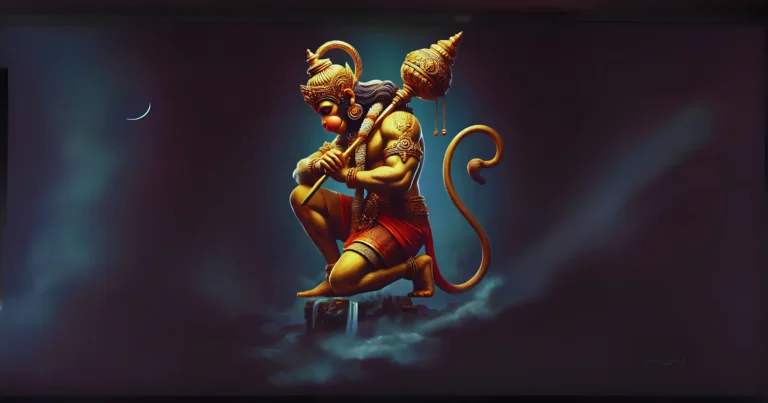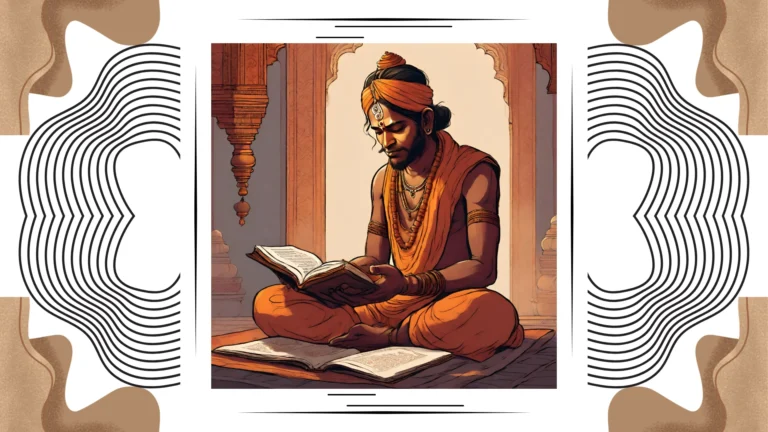Please Like the Blog and Share it for Maximum Reach
Table of Contents
Tirupati Balaji: The Great Devotees of the Lord
Swami Pushkarini is a sacred river in Andhra Pradesh. On the banks of this holy river exists the holy abode of Lord Tirupati Balaji. This river is blessed with the divine presence of Lord Vishnu who is still witnessing numerous great devotees, having received many of the ancient devotees such as Sri Brahma, Sage Agastya, and King Shankha, who all experienced His divine grace in unique ways.
Sage Agastya and Tirupati Balaji
Amongst such great souls Sage Agastya stood out. He received the darshan (spiritual vision) of Lord Vishnu once. Alongside him was another King Shankha, who experienced the same divine grace. This sacred moment is very important in the spiritual history of Tirupati Balaji
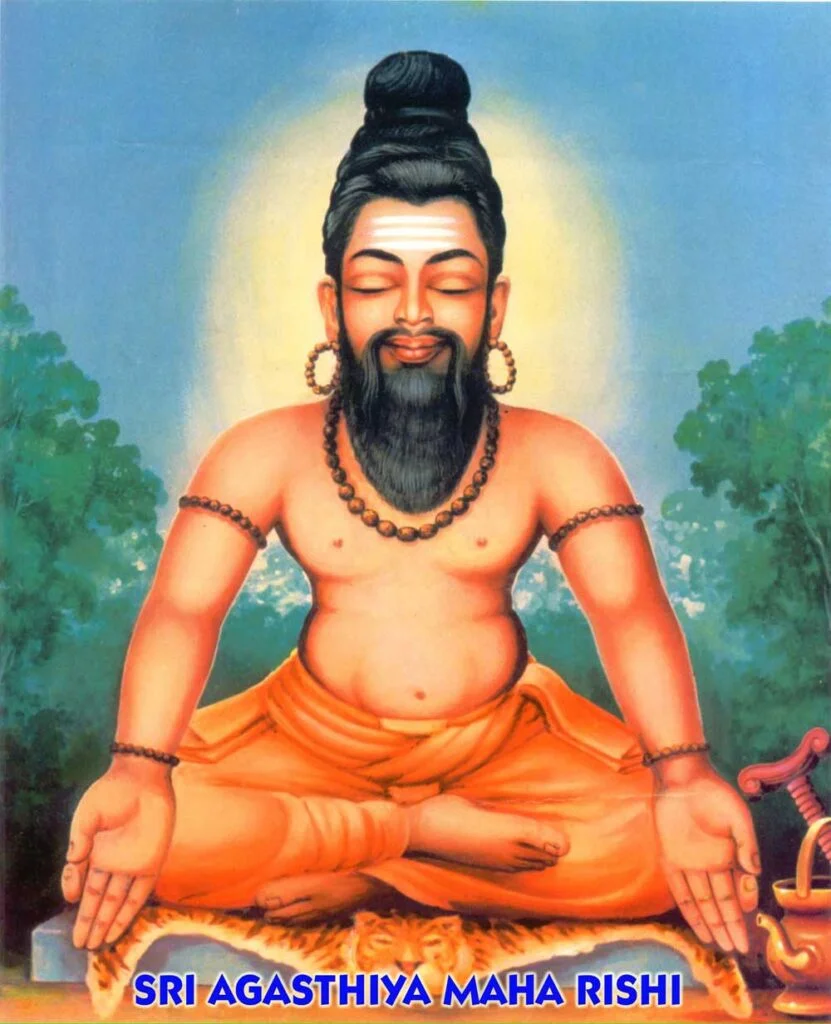
King Shankha was a revered and wise ruler who hailed from the Heheya dynasty. The dynasty once flourished across central and western Bharat (India). The king who was famous for his wisdom and compassion, came across as an embodiment of devotion and righteous living. This established him as a perfect example of the power of Bhakti (devotion).
King Shanka, the unheard Devotee
King Shankha was no doubt a capable ruler, but also an ardent devotee of Lord Vishnu. His heart served Bhagawan and embodied the principles of Dharma (righteousness) in every way. He ruled his kingdom with a sense of utmost duty, equanimity and compassion and also ensured that his actions aligned with the Bhakti principles of Lord Vishnu. Everything he did, he did in His name, expecting nothing in return.
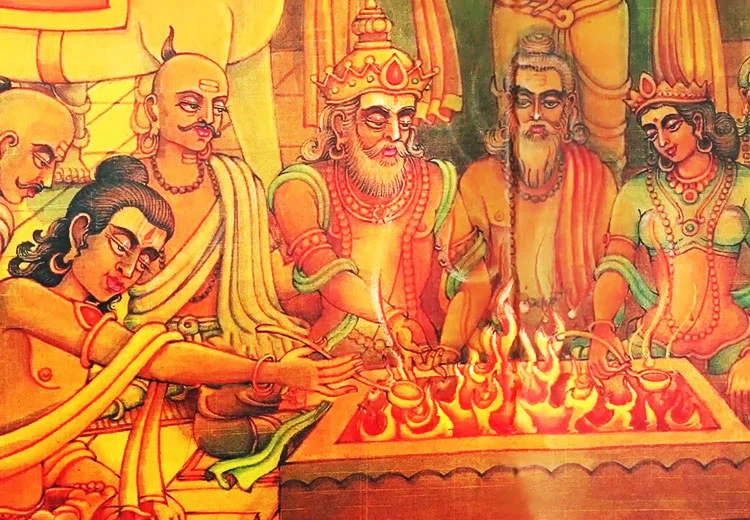
King Shankha devoted himself to yajnas (rituals of sacrifice), Dana (holy donations), and various acts of service in the honor of the Lord. In his free time, he engaged in listening to the divine stories of Lord Vishnu, which further deepened his devotion. He also worked towards the welfare of numerous ashrams and retreat centers within his kingdom. Thus he created spiritual spaces for seekers, all around his kingdom. He also performed meditation on the Lord’s form that was a highlight of his illustrious life.
King Shankha’s Commitment to the Nine Forms of Devotion
King Shankha’s devotion went beyond simple rituals. His life was a manifestation of the Nine Forms of Devotion (Navadha Bhakti) as given in the scriptures. These nine forms of devotion are:
- श्रवणं (Listening to the Lord’s name)
- कीर्तनं (Chanting the Lord’s glories)
- स्मरणं (Remembering the Lord’s divine form)
- पादसेवनं (Serving the Lord’s feet)
- अर्चनं (Worshiping the Lord with love and reverence)
- वन्दनं (Praying to the Lord)
- दास्यं (Acting in servitude to the Lord)
- सख्यम (Seeing the Lord as a friend)
- आत्मनिवेदनम् (Offering one’s self to the Lord)
Through these forms of devotion, King Shankha purified his heart , and his love for the Lord grew boundlessly. His devotion was not a mere formality but a living experience. He also had a powerful breathing practice that guided his every thought and action.
King Shankha’s Desire for Bhagavan’s Darshan
Despite his intense devotion, King Shankha yearned for a personal vision of Lord Vishnu. He often wondered:
“When will I have the privilege of beholding the Lord’s divine form? Am I worthy of such a darshan? Will I ever witness His transcendence? Perhaps I am unfit to stand before Him…”
Despite such doubts, King Shankha had unwavering faith, feeling an undeniable connection to Lord Vishnu, who was the very source of his thoughts, words and actions. Often people get confused with the mind and think that the Lord is speaking to them, when actually the mind plays such mischiefs. But when purity rules, the Lord in the heart speaks. This, the common folks of the world do not have any idea of. Thus once, the Lord spoke to King Shankha, from his heart. It was possible in the King’s case.
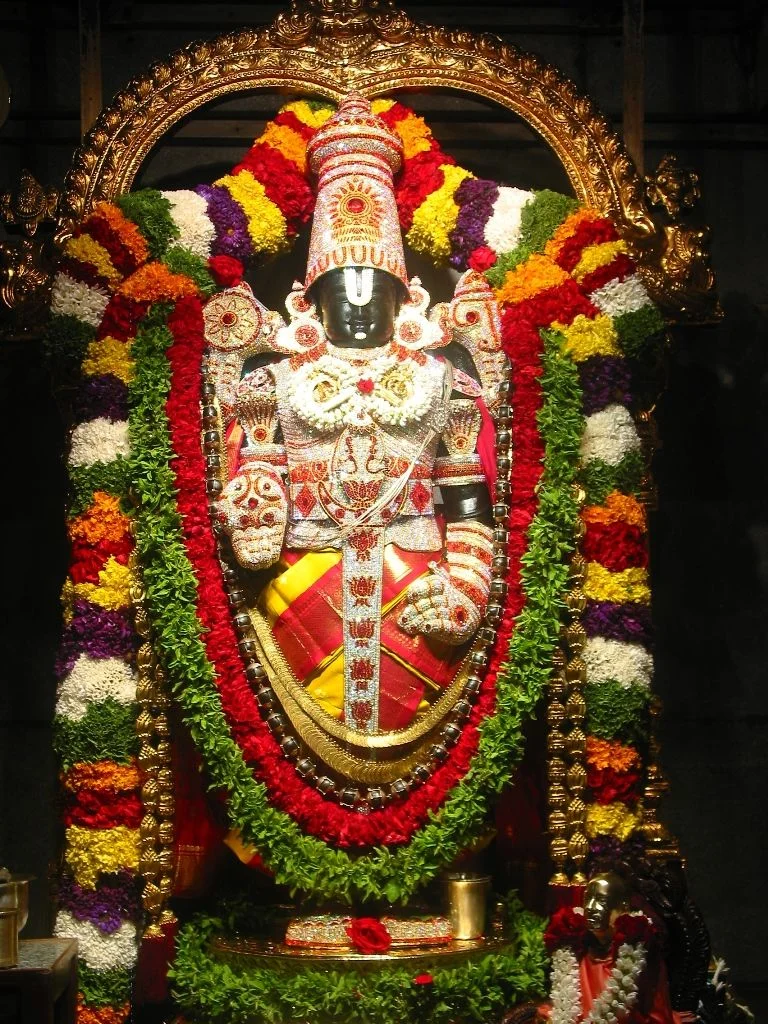
“O King, do not despair. You are incredibly dear to Me. Your selfless devotion has pleased Me immensely. You shall have My darshan in a thousand years from now. Just as Sage Agastya is longing to see Me, you too will have the same blessed experience. Both of you should undergo austerities on Venkatesa Parvata. There, you will surely see Me in My divine form.”
When the King heard these words, his heart leaped with joy. He was certain that the Lord had accepted his devotion and that his darshan was near.
King Shankha’s Renunciation
The king felt that 1000 years was not a very long time. Those were the times of yore, where average life-expectancy of a human being ran into 10s or thousands of years. So, waiting for just a thousand years would not be great delay, he thought. It is said that when someone is bored with Sadhana, that fellow is unfortunate and shall not be able to win the Grace of the Lord. Sadhana is indispensable when it comes to attaining the Lord. It is Sadhana alone that shall bring down Grace. Only a person who has tasted some love, can attempt to draw the very source of Love, the Lord.
The king was lost in so many thoughts. He thought, “I am going to be blessed with His vision, where even the great Rishis have failed. Oh the Mercy of the Lord is unparalleled.”
Maharishi Agastya’s Grief: The Spiritual Struggle
As King Shankha focused on his austerities, Sage Agastya continued his rigorous penance at Venkatesa Parvata. Yet, despite his devoted practices, Sage Agastya had not yet received the darshan of Lord Vishnu.
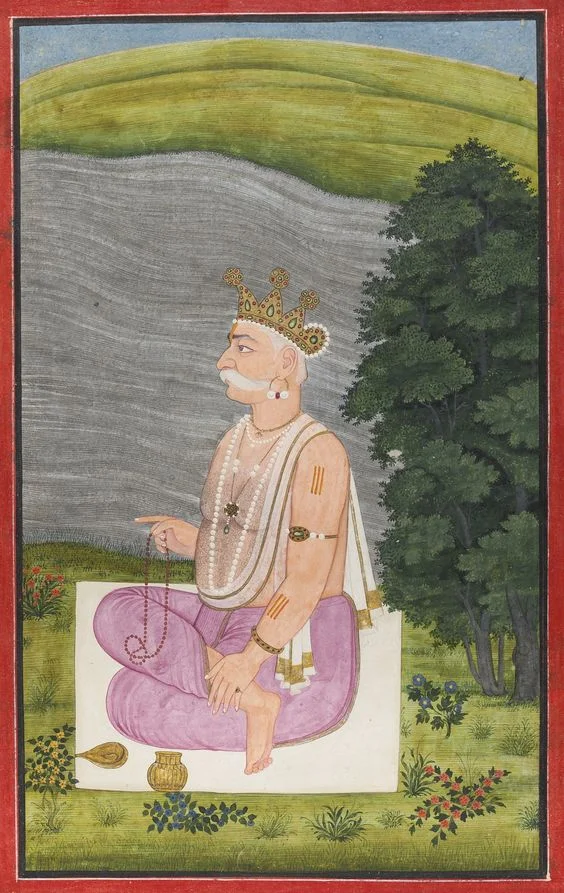
This prolonged absence of the Lord’s divine vision plunged Sage Agastya into deep sorrow. It is said that when a true aspirant longs intensely for the Lord’s darshan, the Lord is moved by their pure yearning.
Seeing this, Sri Brahma sent Sages Shukracharya and Brihaspati to bring Sage Agastya to Swami Pushkarini, where King Shankha was performing his austerities. When the sages informed King Shankha that the Lord’s darshan was near, the King was overcome with joy. He danced and sang Kirtan (praise songs to the Lord), overcome by his love for God.
The assembled sages and devotees joined him, and their Kirtan continued for three days and nights. On the third night, as they rested, all of them experienced a shared divine vision in their sleep.
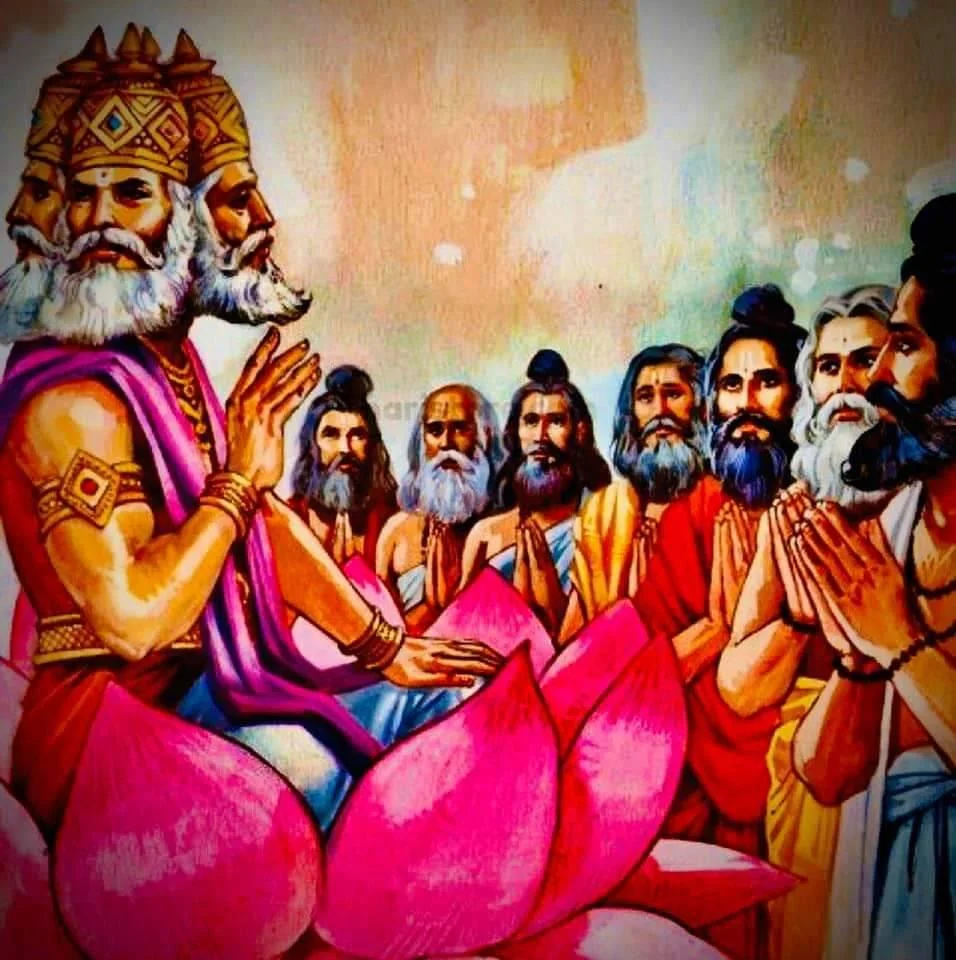
Test your Alignment with the Spiritual Subject Matter (only 7 Questions)
The scores generated in this Quiz are relative. There are no right or wrong answers. A percentage towards 100 indicates that you are more aligned to the overall subject matter.
Tirupati Balaji Appears
The next morning, as the group recited the sacred mantra”Om Namo Narayanaya”. The arena glowed in divine light, bright as a thousand suns but with a deep cooling effect.Amidst the divine light, Lord Vishnu appeared in His four-armed form, holding the Shankha (conch), Padma (lotus), Gada (mace), and displaying the Abhaya Mudra (gesture of protection).
The entire assembly of sages, devas, and devotees had the darshan of Lord Vishnu in His transcendental form. The Lord blessed them all, accepting their devotional service. When King Shankha was asked to seek a boon, he asked for nothing other than pure loving service to the Lord, and the Lord graciously granted this boon.
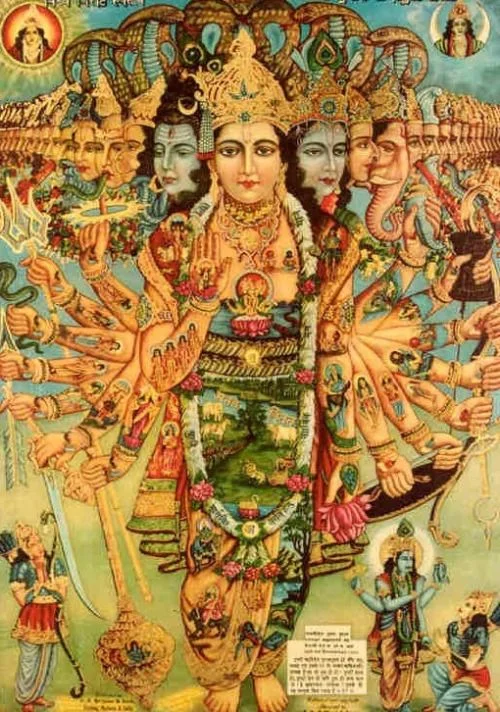
Sage Agastya’s Blessing
In return for his unceasing penance and deep devotion, Sage Agastya was blessed with a Kalpa-long life and honored with the position of a Saptarishi.
Kalpa, in Vedic cosmology, refers to a cosmic cycle or age that spans 4.32 billion years. A Kalpa represents an entire unit of life phenomena in which the sages, gods, and cosmic beings perform their duties, that covers the gamut of Mayic possibilities.
As the great sage was granted a Kalpa-long life, Sage Agastya received the unimaginable fortune to remain in the divine presence of Lord Vishnu for an entire cosmic age. This filled him with the rare ability to guide humanity spiritually for this vast period.
The Saptarishis are the seven great sages who serve as the primary spiritual guides in each era, preserving divine knowledge. They guide humans on the paths of righteousness and spiritual discipline. The sages uphold Dharma ensuring the well-being of the cosmos.

Sage Agastya rose to the Saptarishi rank owing to his unprecedented qualities. Saptarishi was not just a title, but a position that embodied wisdom. Sage Agastya was a repository of the highest wisdom, purity, and devotion.
His dedication and spiritual insight earned him this tall role. He was directly responsible for initiating Sri Rama with the Aditya Hridaya Stotram . The Power of the Aditya Hrudayam was infused by the great Sage. Sri Rama established the glory of the great sage by using the Stotram as a spiritual weapon to put an end to the almost unconquerable demon king Ravana.
Sri Vishnu: The Lord of Lords
In the Srimad Bhagavatam, Bhagawan Vishnu is declared as the Supreme Being. Bhagawan envelops everything in the cosmos, past, present and future.He is beyond space and time. The Bhagavatam establishes Lord Vishnu’s all-pervasiveness, establishing Him as the original source of all that is and that can be, the life of the universe.
In Bhagavatam 10.14.1, it is stated:
“अहमात्मा गुडाकेश सर्वभूताशयस्थित:। अहमादिश्च मध्यं च भूतानामन्त एव च॥”
(Translation: I am the Self, O Gudakesha, seated in the hearts of all creatures. I am the beginning, the middle, and the end of all beings.)
This verse affirms that Vishnu is the absolute reality, from whom all beings emanate and to whom they shall ultimately return to.
The Srimad Bhagavatam 1.2.11 says
वदन्ति तत्त्वविदस्तत्त्वं यज्ज्ञानमद्वयम्
ब्रह्मेति परमात्मेति भगवानिति शब्द्यते ॥ ११ ॥
Translation:
“The wise describe the ultimate reality as that which is non-dual. It is called Brahman, Paramatma, and Bhagavan, which are all the same eternal truth.”
This declaration points directly to Bhagavan Vishnu’s position, which is beyond all material manifestations and is the ultimate essence of existence. He is the Purushottama (the Supreme Being), and all deities in the universe are His emanations. Therefore, all forms of divinity, including the incarnations of Vishnu, manifestations of his all attractive form, mood and essence, which is of the nature of Sat-Chit-Ananda, meaning Existence-Knowledge-Bliss.
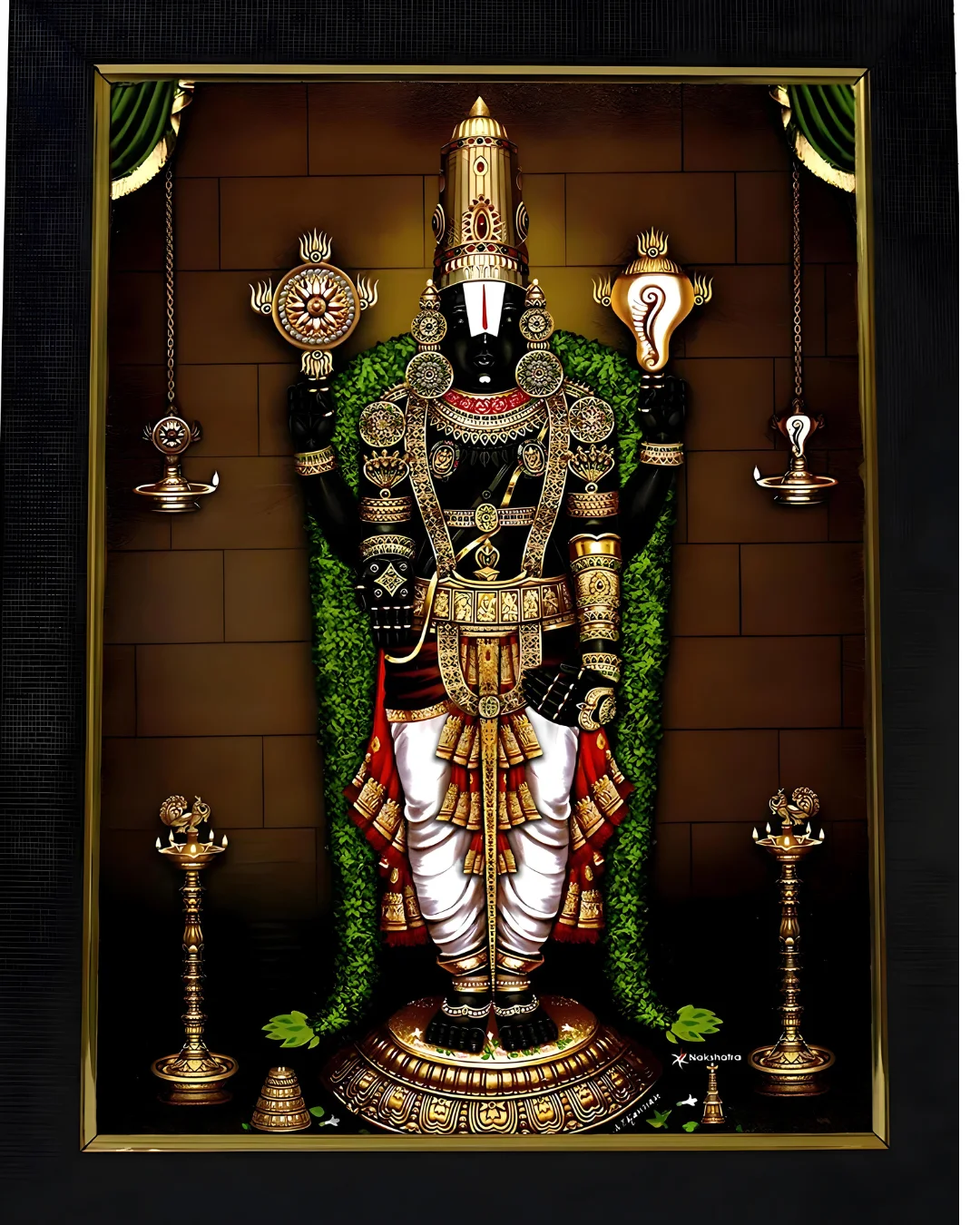
Sri Balaji in Tirupati, it is said in the scriptures , is the manifested form of Lord Vishnu on Earth, and He is the self-same Sriman Narayana in His absolute grandeur. The Lord’s presence in Tirupati is a living embodiment of Sri Vishnu’s divine grace. As stated in the Bhagavad Gita, Lord Vishnu himself declares:
“अहमात्मा गुडाकेश सर्वभूताशयस्थित:। अहमादिश्च मध्यं च भूतानामन्त एव च॥”
(Translation: I am the Self, O Gudakesha, seated in the hearts of all creatures. I am the beginning, the middle, and the end of all beings.)
Who can be Lord Balaji, residing in the Tirupati temple, other than Lord Vishnu, who manifests in his most accessible form for devotees to witness, pray to, and receive His blessings?
Please Like the Blog and Share it for Maximum Reach



